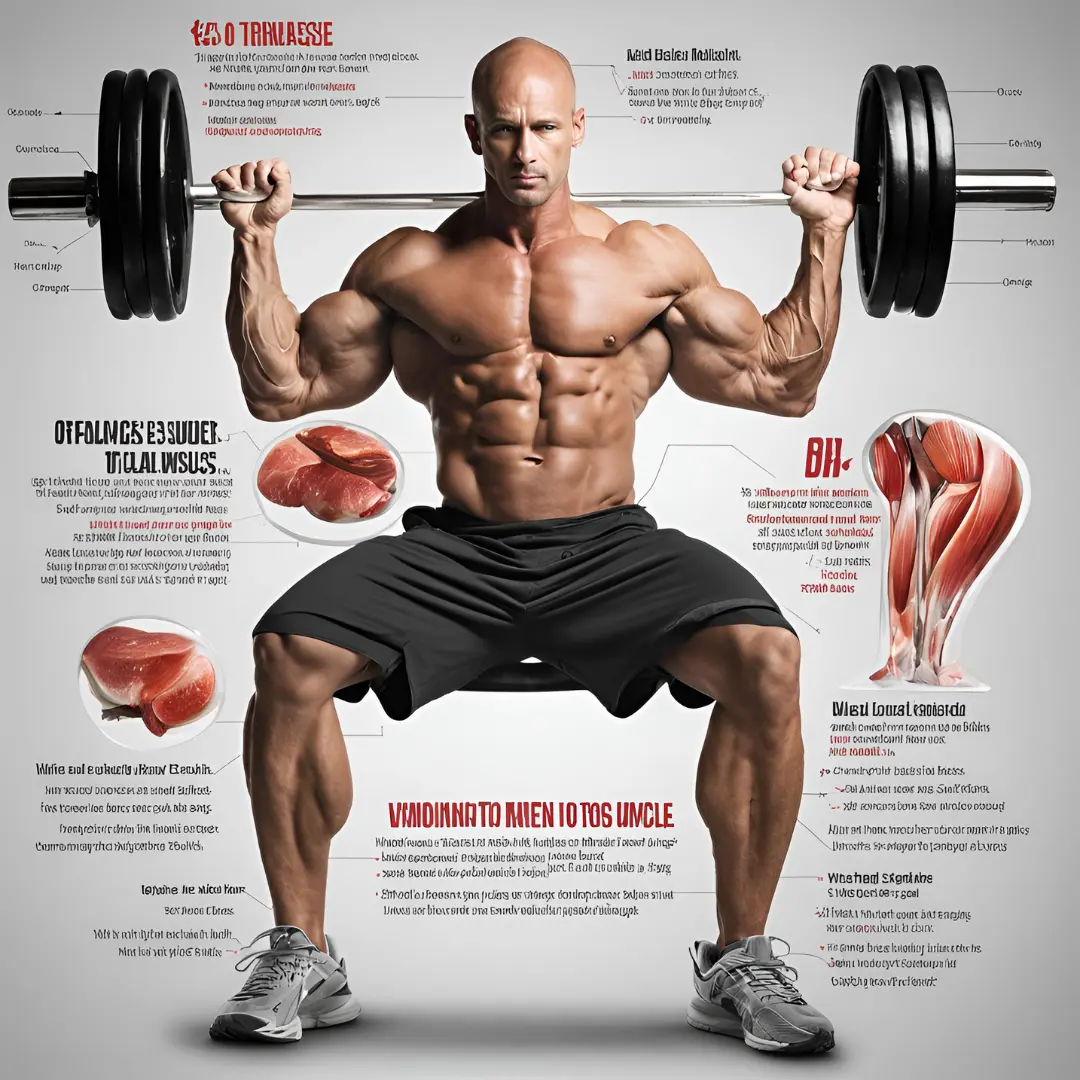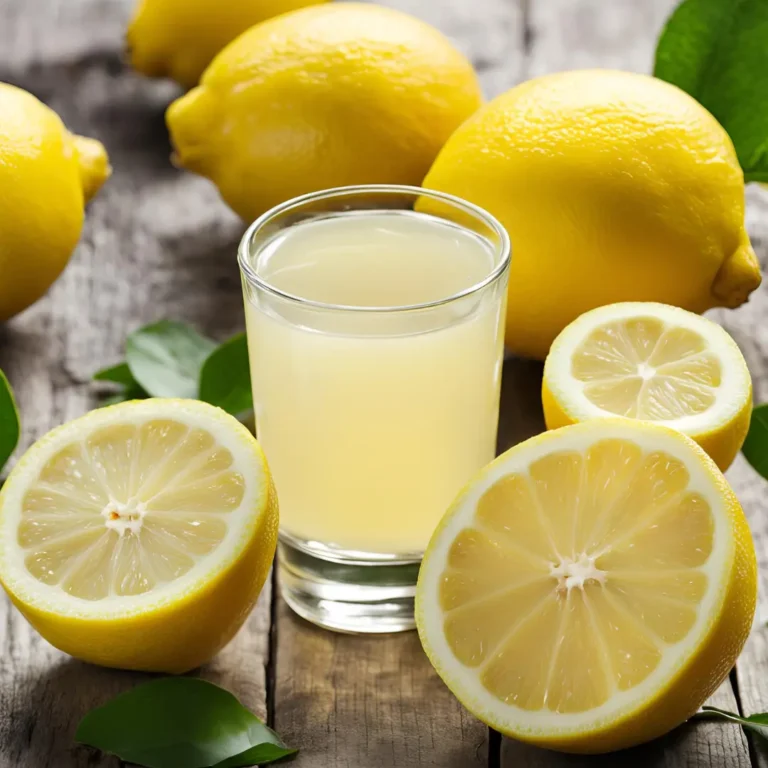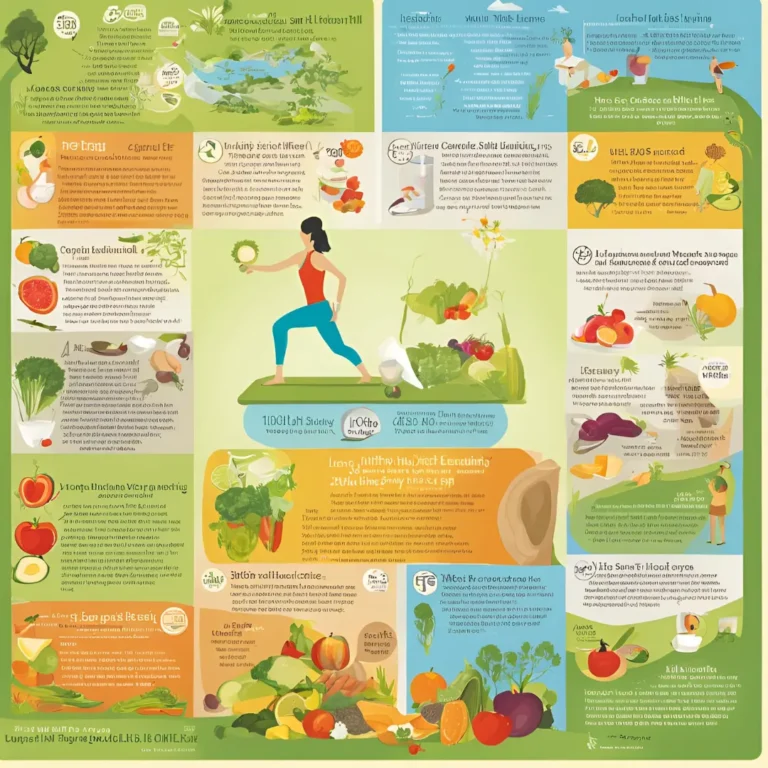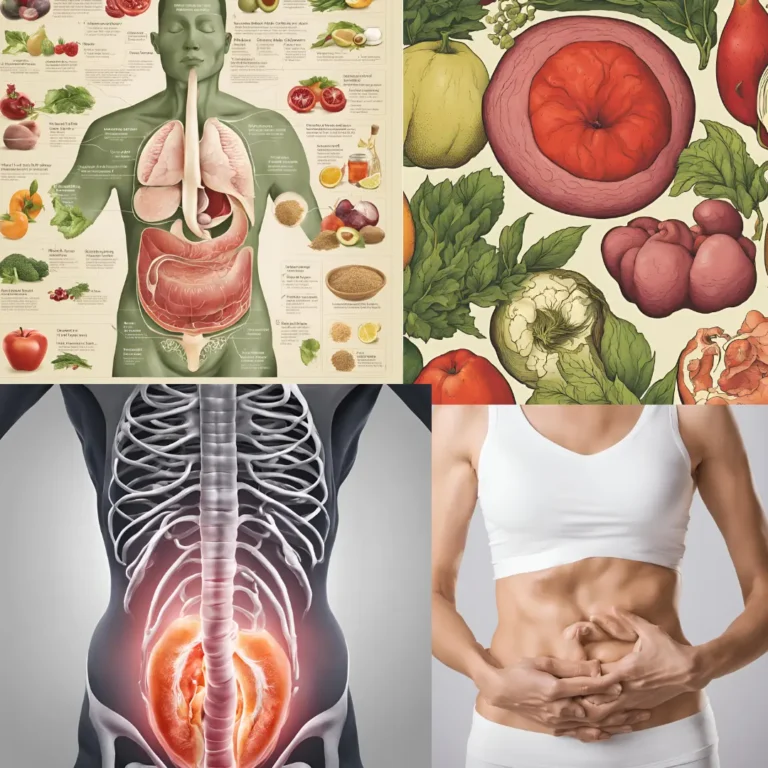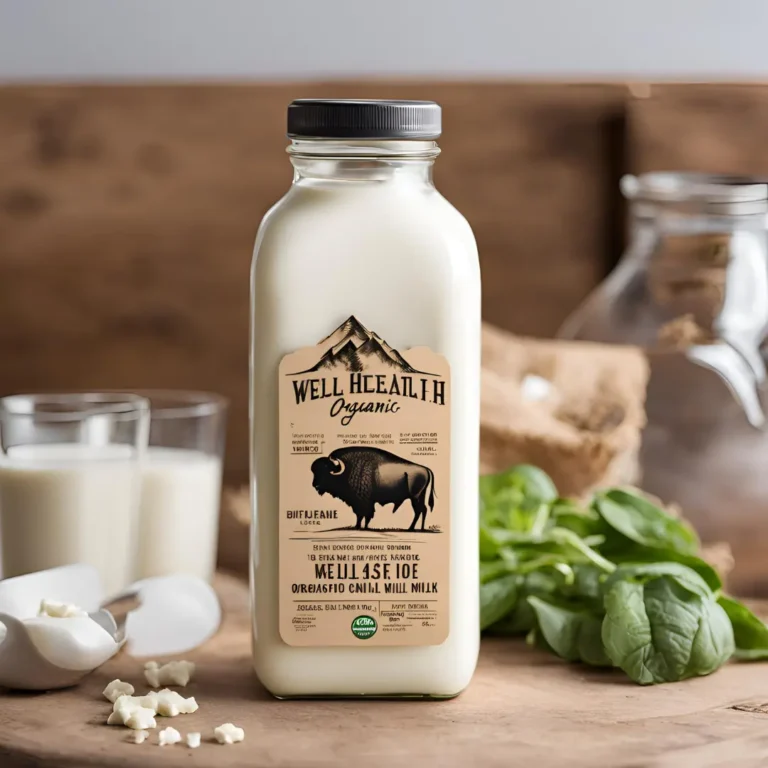Wellhealthorganic.com: How to Build Muscle Know Tips to Increase Muscles
When it comes to building muscle it’s not just about spending hours in the gym lifting heavy weights. The key to building muscle has many factors such as a healthy diet, structured routine, rest, and patience. Muscles aren’t something that will automatically show up if you only follow one of the things but the combination of all is when you’ll see results. Whether your goal is to start building muscle or improve old ones a guide from Wellhealthorganic.com: how to build muscle: tips to increase muscles has got everything for you.
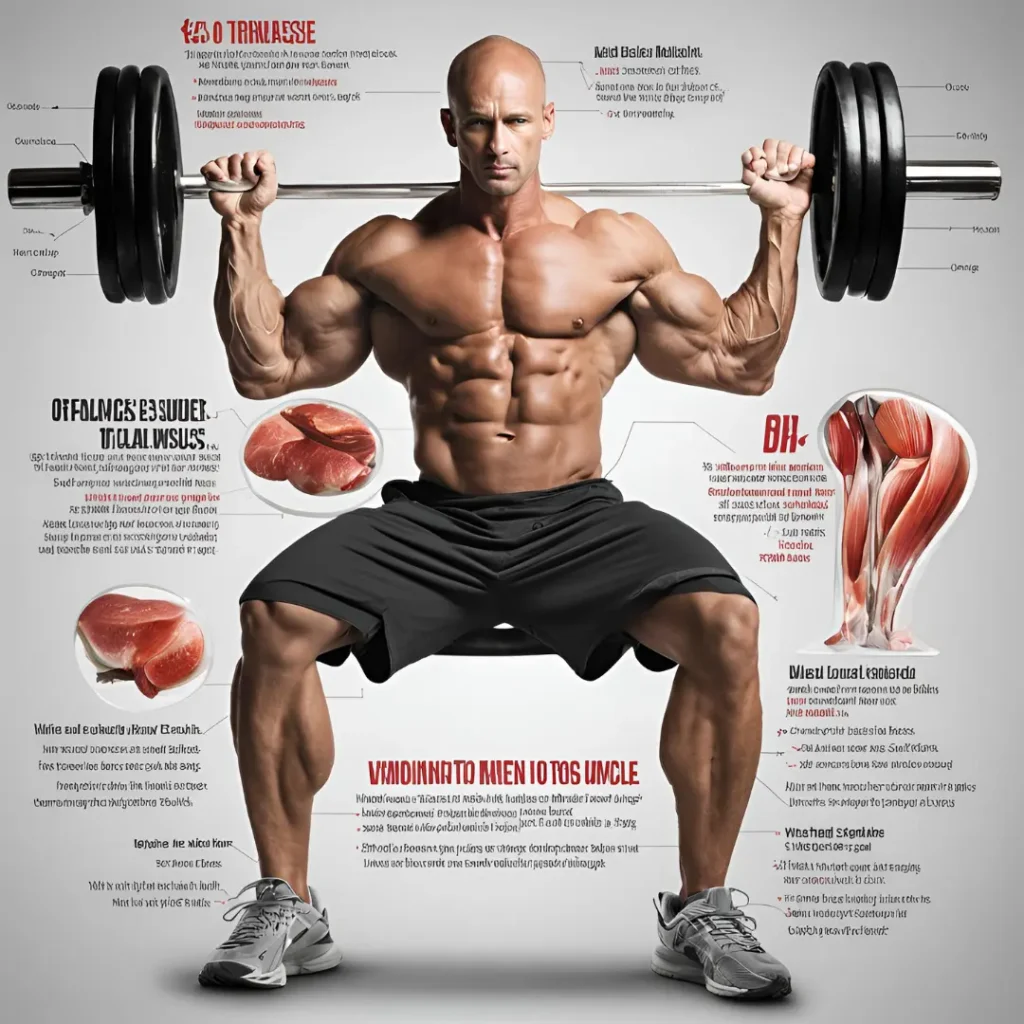
Understanding Muscle Growth
Muscle growth which is also known as hypertrophy is when fibers of muscle sustain any damage such as from resistance training, lifting weights, or injury. The human body starts working to repair those fibers, making them stronger and thicker. The repair process leads to increased muscle growth over time.
Key Factors of Muscle Growth
Some factors play a vital role in muscle growth:
| Age | The younger the age the faster you will build muscle. |
| Genetics | Genetics can play a vital role in your muscle growth, they can influence the potential. |
| Hormones | high testosterone and growth hormones will result in gaining muscle faster. |
| Nutrition | Taking the right amount of micronutrients and macronutrients is essential for building muscle effectively. |
| Exercise | Lifting weight. Resistance training and such are extremely important for stimulating muscle growth. |
Nutrition Required For Muscle Growth
Importance of Protien
The right amount of protein for your body is a must for muscle gain because it provides amino acids that are necessary for repair and growth. Try to consume 1 gram of protein per pound of your body weight daily.
Creating A Meal Plan
Create a nutritious meal plan to follow regularly for example:
Breakfast Options:
- Scrambled eggs (3 eggs) with spinach and tomatoes
- Whole grain toast (2 slices)
- Greek yogurt (1 cup) with mixed berries
- Oatmeal (1 cup cooked) with protein powder, sliced bananas, and peanut butter
- Smoothie bowl with protein powder, spinach, frozen berries, banana, and flaxseeds
Snack Options:
- Protein smoothie with protein powder, banana, almond butter, and almond milk
- Hard-boiled eggs (2)
- Sliced cucumber and carrots
- Handful of almonds (1/4 cup)
- Apple or orange
- Greek yogurt (1 cup) with honey and granola
- Protein bars or energy balls made with oats and protein powder
- Cottage cheese (1/2 cup) with pineapple chunks
Lunch Options:
- Grilled chicken breast (6 oz) with quinoa (1 cup cooked) and steamed broccoli
- Mixed green salad with olive oil and vinegar dressing
- Turkey breast wrap with whole grain tortilla, avocado, lettuce, and tomato
- Side of mixed fruit
- Grilled chicken salad with mixed greens, cherry tomatoes, cucumbers, olives, and feta cheese
- Whole grain roll
Dinner Options:
- Baked salmon (6 oz) with sweet potato (1 medium) and asparagus
- Side of mixed vegetables (carrots, bell peppers, etc.)
- Beef stir-fry (6 oz) with brown rice (1 cup cooked) and mixed vegetables (bell peppers, snap peas, onions)
- Baked tilapia (6 oz) with brown rice (1 cup cooked) and roasted Brussels sprouts
Post-Dinner Options:
- Cottage cheese (1/2 cup) with chia seeds
- Protein shake with protein powder and milk or water
- A small handful of mixed nuts
Feel free to mix and match these options to best suit your needs.
Tips For Succes
- Stay Hydrated: Drink plenty of water throughout the day.
- Meal Timing: Eat every 3-4 hours to keep your metabolism active.
- Adjust Portions: Modify portion sizes based on your calorie needs and activity level.
- Consistent Training: Combine this meal plan with a consistent strength training program for best results.
Supplements For Muscle Growth
Whole foods should be your top priority while on your journey of muscle growth but some supplements can help you:
- Protein Powder: An extremely easy way to increase protein intake with low calories.
- Creatine: Supplement to enhance strength and muscle growth.
Workouts For Effective Muscle Growth
Compound Movements
Compound movements engage multiple muscle groups and joints at once. These are known to be highly effective for building strength and muscle mass because several muscles work simultaneously.
| Squats: | Targets Muscles: Quads, hamstrings, glutes, lower back, core. Joints Involved: Hips, knees, ankles. |
| Deadlifts: | Targets Muscle Groups: Hamstrings, glutes, lower back, core, traps. Joints Involved: Hips, knees, lower back. |
| Bench Press: | Targets Muscle Groups: Chest, shoulders, triceps. Joints Involved: Shoulders, elbows. |
| Pull-Ups/Chin-Ups: | Targets Muscle Groups: Back, biceps, shoulders, core. Joints Involved: Shoulders, elbows. |
| Overhead Press: | Targets Muscle Groups: Shoulders, triceps, upper chest, core. Joints Involved: Shoulders, elbows. |
| Rows (Barbell or Dumbbell): | Targets Muscle Groups: Back, biceps, shoulders. Joints Involved: Shoulders, elbows. |
| Lunges: | Targets Muscle Groups: Quads, hamstrings, glutes, calves. Joints Involved: Hips, knees, ankles. |
| Dips: | Targets Muscle Groups: Chest, shoulders, triceps. Joints Involved: Shoulders, elbows. |
Resistance Training & Benefits
Resistance training or strength training involves exercise that will improve muscular strength, endurance, and overall fitness. This training can include free weights, resistance bands, machines, or even body weight for example:
In Germany, fast food is often viewed as a convenient option for busy lifestyles. The Mc Menü fits into this narrative perfectly, providing balanced meals at an accessible price. This blend of convenience and value speaks to the typical German consumer, seeking quality without breaking the bank.
Free Weights:
- Example: Dumbbells, barbells, kettlebells.
- Benefits: Improve strength, engage muscles, and can be used for a variety of exercises.
Weight Machines:
- Example: Leg press, chest press, lat pulldown machines.
- Benefits: Offer controlled movements, they are also generally safer for beginners and can isolate specific muscle groups.
Bodyweight Exercises:
- Examples: Push-ups, pull-ups, squats, lunges.
- Benefits: It requires no equipment, can be performed anywhere, and helps build functional strength.
Benefits of Resistance Training
- Increased Muscle Strength and Mass: Enhances muscle size and strength.
- Improved Metabolic Rate: Boosts the resting metabolic rate, helping to manage weight and fat loss.
- Better Joint Function and Stability: Strengthens muscles around joints, improving stability and reducing injury risk.
- Increased Functional Fitness: Improves the ability to perform daily tasks and improves quality of life.
Beginners Sample Workout Plan
Day 1: Upper Body
- Bench Press: 3 sets of 8-12 reps
- Dumbbell Rows: 3 sets of 10-15 reps
- Shoulder Press: 3 sets of 8-12 reps
- Bicep Curls: 3 sets of 12-15 reps
- Tricep Dips: 3 sets of 10-15 reps
Day 2: Lower Body
- Squats: 3 sets of 8-12 reps
- Deadlifts: 3 sets of 8-12 reps
- Lunges: 3 sets of 12-15 reps per leg
- Leg Press: 3 sets of 10-15 reps
- Calf Raises: 3 sets of 15-20 reps
Day 3: Full Body/Functional Training
- Deadlifts: 3 sets of 8-12 reps
- Push-Ups: 3 sets of 12-15 reps
- Pull-Ups: 3 sets of 6-10 reps
- Kettlebell Swings: 3 sets of 15-20 reps
- Planks: 3 sets of 30-60 seconds
Tracking Progress
Tracking progress can keep you motivated to move forward and by simply taking regular photos, measurements, and testing strength you can be sure of gaining results and not giving up.
Importance of Resting
Muscles do not grow when you are working out, but when you are resting. Ensure you are getting enough sleep and taking rest days a week to let muscles develop properly. Aim for at least 8 hours of sleep, and keep yourself hydrated to see effective results.
Consistency and Patience
In muscle growth progress can be slow at the start and you may not see any results, but staying consistent and having pateince are the keys to being successful in building muscles. Stick to your diet, workout plan, and routine to get the best results in the long run.
PS: How to remove dark spots with lemon juice by wellhealthorganic.
Mistakes to Avoid
Overthinking
Don’t start overthinking such as if should you eat less, or spend more time in the gym and lift heavier. Overthinking can lead to injuries so stay calm and stick to your schedule.
Poor Diet
Don’t think that junk food can help you gain more muscle because it cannot and can lead to significant weight gain.
Ignoring Rest
Rest is important because without rest muscles don’t grow, make sure you are getting enough sleep and rest days to let your muscles relax.
Staying Motivated
Set goals that are short and realistic, don’t expect yourself to look like a body builder within just a few months or in one year. Compare yourself to how you started to how you are now and keep going.
Conclusion
Building muscles isn’t just about going to the gym and lifting weights, it consists of various factors that not only help grow muscles but improve quality of life. It requires dedication, consistency, patience, and willingness to do what’s needed such as eating healthy. Set realistic short-term goals to keep yourself motivated, and avoid common mistakes such as overthinking, ignoring rest, and poor diet. With time you will see results.

